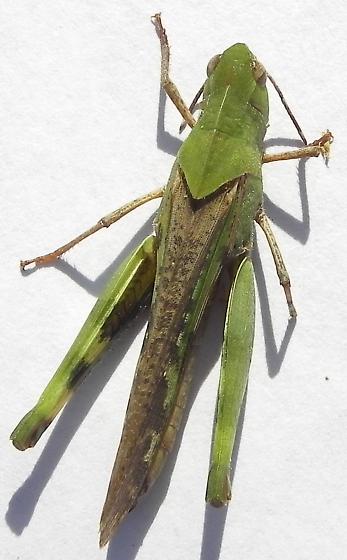
Adaptation
One adaptation that Chortophoga viridifasciata has is how it survives different environmental conditions. One example of this is how it uses metabolic water. In a study on the effects of respiratory metabolism and survival at different relative humidities, it was found that Chortophaga viridifasciata was able to preserve its water content at humidities as low as 12% (Ludwig, 1937). By being able to absorb water from the air and being able to retain that water content to as low as 12% humidity when starved, Chortophaga viridifasciata has adapted its metabolic properties to conserve water so it can survive in drier environments.

Another specific adaptation would be how hatching early or late affects how the species acts. If a nymph hatches early it has more time to grow and has a better chance at survival over winter. Conversely late hatching nymphs grow smaller and have a lower overwinter survival rate (Landa, 1992). If the late nymphs survived they would become reproductive the next year. The interesting thing is if offspring fitness is low, late maturing females will begin reproducing sooner after adult maturation and also at a faster rate (Landa, 1992).
Other general adaptations that are attributed to higher taxonomic levels can be found on the classification page where each level is described.
Link back to home page